A couple weeks ago I shared with you my tips on making homemade fruit sodas. Today I want to share with you one of our other favorite drinks in the KnowitAll house: Water Kefir. I first stumbled upon water kefir back when I was researching ways to make homemade healthy sodas. Water Kefir is similar to the dairy kefir you see in the stores, only it is made with water instead, and gets really fizzy if you want it to. You can add any flavorings you want to it: I make grape soda kefir for LittleMissSunshine. For the adults I make a pomegranate-cranberry kefir drink. (JD doesn’t drink fizzy drinks, so he hasn’t had any–that he knows of. 😀 )
What is water kefir exactly? It is an ancient probiotic grain, that when you allow to ferment in water and sugar, it creates a wonderfully healthy, fizzy drink. How healthy? Well, each batch of water kefir that I make (about 64 oz) has more probiotics in it than an entire month’s worth of probiotic capsules. Probiotics are those things that help keep good bacteria in your stomach, and kill off the bad bacteria living in your digestive track. Since 80% of our immune system lives in our intestines, that healthy bacteria balance significantly boosts your immune system! When you add in the vitamins from the fruit juice, it makes it a really healthy and refreshing drink!
So let me get down to the brass tacks: how to make it.
First, you need some water kefir grains. You can get them from a friend if you know someone who has them. I bought my water kefir grains from Amazon because I didn’t know anyone. They were $6.99 for a starter pack. Because kefir grains thrive and grow, that starter pack of four tablespoons of grains has grown to two cups of grains in just six months! This is what water kefir grains look like–sort of like gel globs. They aren’t gooey, but are kind of firm.
The second step is to put the grains in some water, add some sugar, then cover with a lid and let them sit on your counter for 48 hours. During this time the grains will feed off the sugar in the water, burning it up and leaving probiotics in the water as a result. This is known as the First Fermentation. If you shake the jar during this time you will see bubbles coming off your kefir grains–that’s a sign it is working! After that you strain the grains from the liquid, and put the liquid into a second container for a second fermentation. This is where you add any flavorings or fruit juices. You close them up tight again, and let sit for another 24-48 hours on your counters. Watch for carbonation to form–that is a sign that the kefir is ready to drink! The longer you let it sit, the more it will ferment and bubble up. After 48 hours, it should be ready to drink! The signal for me is that when I open the bottle there is a soft “pop” sound, of pressure being released. A few seconds later it starts to fizz like soda does.
Here’s a more exact recipe:
- 4 tablespoons water kefir grains
- 4 tablespoons sugar
- 1 teaspoon baking soda (optional–to give the grains some minerals)
- handful of raisins or craisins (optional–to give the grains some minerals)
- 1 quart of filtered or spring water
- 1 quart mason jar or other good sealing glass container
- 4 flip top beer bottles, washed, or other 16 oz resealable bottles
- 8 tablespoons preferred fruit juice (adjust to your tastes)
- Mix the sugar, baking soda and water together in the jar until the sugar is mostly dissolved. Add the kefir grains and any raisins. Cover and let sit for 48 hours. Make sure to keep the jar in a dark spot on your counter, out of the direct sunlight.
- After 48 hours strain the grains from the liquid. Pour about 12 ounces of the liquid into each bottle. Add 2 tablespoons of any fruit juice you prefer. Use grape juice for a grape soda. I use pomegranate and cranberry juices. Apple juice also works really well.
- Seal and set aside again on the counter. If you prefer a sweeter drink, you may add a teaspoon of sugar to the top of the liquid every 24 hours.
- Open the bottles every 24 hours for about 15 seconds, to let some of the built up carbon dioxide escape. Seal up again well, and let sit for a total of 48 hours for this Second Fermentation.
- After the kefir has reached the fizziness level you prefer, stick the bottles in the fridge to slow down any additional fermentation and to chill the drink off naturally.
- Never use metal utensils or containers when making kefir. The metal can react with and harm the grains. Always use glass or plastic.
- Never use straight tap water to make kefir. The chlorine in the tap water can kill the good bacteria in the grains. Spring water is what most people prefer. I use filtered water from my PUR filter, because it is easier.
- It may take a cycle or two of brewing for your kefir grains to get up to full strength, especially if they’ve been shipped or dried out.
- You can use any kind of sugar to make the kefir, even white sugar. I use a mix of raw sugar and white sugar. The grains feed really well on the white sugar, creating a fizzier drink. But the raw sugar is good for the grains as well, because it has the natural minerals in it. Many people even use some unsulfured molasses in theirs, because it is so rich in mineral content.
- Adding some mineral content to the first fermentation is good at least once in a while. This can take many forms: a clean egg shell, a teaspoon of baking soda, some unsulfered dried fruits like raisins or craisins, or the unsulfered molasses. A little goes a long way, and helps your grains stay healthy.
- Some people drink the kefir after the first fermentation, without a second fermentation. That is perfectly fine–it is a preference of taste. I like my drinks fizzy, so I do the second fermentation.
- The grains do feed on the sugar and ferment the water, so the taste can be different than a typical sweet soda. The longer you let the drink sit, the more fermented the flavor becomes. I find that I don’t really taste it with the cranberry or grape juice after a two day fermentation.
- The fermentation can produce a very mild alcohol effect. It is bacteria eating sugar, after all, the same process that gives us wine, champagne and beer. But because we don’t let this sit for more than a couple of days, the alcohol content is negligible at best. Less than 1%. But still, taste test before serving to kids, just to be sure!
- Because this is a natural fermentation for carbonation, you’ll find the bubbles are very active, but a lot smaller than in sodas. They are more like the small fizzy bubbles you’d find in champagne. I like it a lot better than the ones in soda!
- I use large mason jars for my first fermentation. For my second fermentation I use old Grolsch beer bottles with the swing top lids. Any tight sealing glass container will do.
- Make sure to leave room at the top of the bottle during the second fermentation for the gasses to build up. If you don’t leave at least an inch at the top, or you forget to “burp” the bottles once a day, you could find your bottle fizzes over the top when you open it.
- I bought reusable cheesecloth bags on Amazon to hold the kefir grains in the first fermentation. They still grow and thrive and do all they need to do, but because they’re inside the baggie I can just grab it out instead of having to strain the liquid.
- There are many, many recipes on the interwebz for water kefir! I know some people have even made cream soda or ginger ale with theirs. Once your grains start growing and multiplying, the varieties are limited only by your imagination!
- If you want to take a break from making kefir, simply stick your grains in a container in the fridge, with a good dose of sugar and water. They will be happy in there for up to eight weeks. After that, make sure to strain and rinse them, and feed them again.
- If you forgot about your kefir grains, and they’ve gotten kind of slimy, it is okay! These grains have been around for milennia–they’re pretty tough stuff. Pour out the liquid, rinse out the grains and let them sit for a day or two in a bowl with some sugar and water in the fridge. They should be rested after that and you can start all over again!


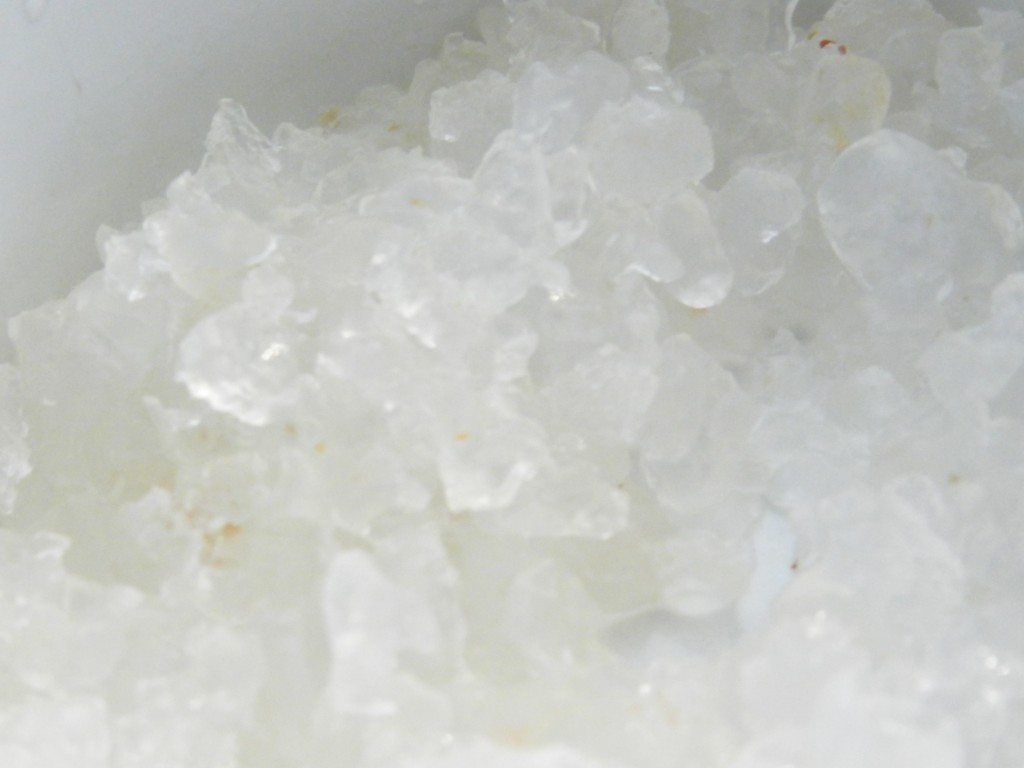
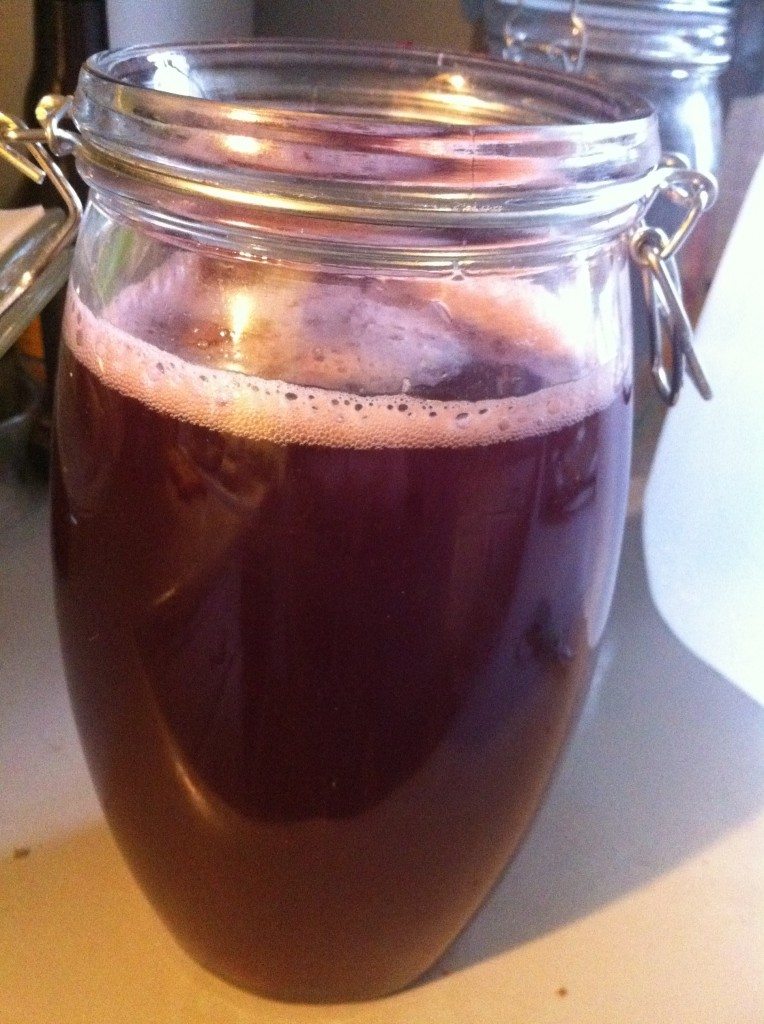








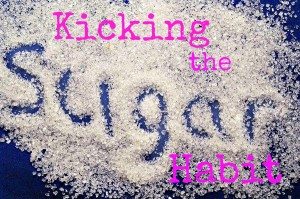


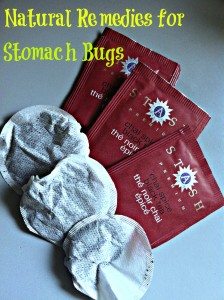


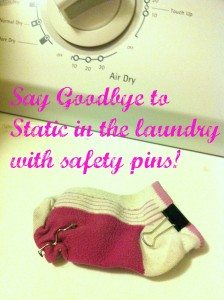

You must be logged in to post a comment.